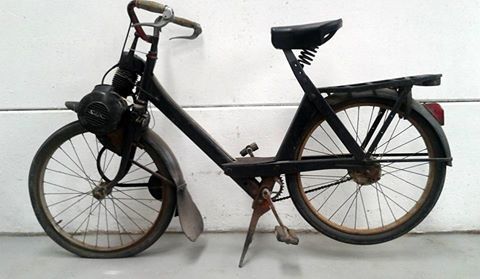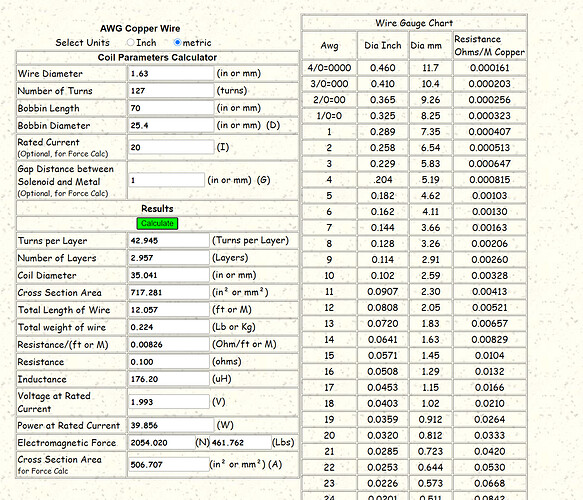Can you calculate the Back EMF and thereby the TVS diode needed?
Ok, I realize there is a purpose for every circuit and one has to narow down the application specific ratings regarding current, thermal management and so on.
Although the controller I´m working on primarily is for switching LEDs there are other use cases (Nema 23/32+).
This little exorcise in max current rating and thermal management has led me to a larger more capable TVS diode 77 amp rated. This is not to say the design is for personal transport, since higher voltage controllers will make a more streamlined motor with thinner (lower amp) rated wires. Nevertheless the 24v or evan 12v motor still has a place in the robotic field. There is a huge difference in moving a 5-10kg load to a person, chassey, battery pack and so on. Huge ! The large TVS diode may be a nice to have when controlling larger DC (nema34 or larger) motors, where bigger transient voltage may arise depending on software. In a purely LED scenario there will be no back EMF since current only run one way through a diode (LED).
Regarding motor current consumption;
In Denmark, where I live, there is a 250watt limit for Bike DC motors. It just seems higher voltage (36+) has become the norm for bike related motors, and from a single motor AWG perspective I definitely agree. But as any DC motor nerd know, battery amp-hour is closely related to voltage. Maybe in the future a 4WD 24V with higher AH rating will have a space.
Edith: The axis with gearing targeted at speed, should naturally be a single motor on, perhaps, a single front wheel. This will give a much more airo dynamic design, and the torque for low speed will be on the two rear hub´s ![]() With a rear bike wheel, as a front wheel, the front motor will not need to engage at low speed. BOOOST!
With a rear bike wheel, as a front wheel, the front motor will not need to engage at low speed. BOOOST!

AHA! The flint stone principle ![]()
(If you keep hammering at it, at some point it becomes a weapon)
Lets detach the rear motors and use our legs ![]() For low speed high torque movement, we get the thing going. Placing a rear bike wheel on the front, attached with a seperate chain for motor, top speed torque.
For low speed high torque movement, we get the thing going. Placing a rear bike wheel on the front, attached with a seperate chain for motor, top speed torque.
So we move the torque forward.
Edit: Humor set to 75%
AWG10 for coils is a bit on the thick side. Lets go for AWG14 1.63mm Ø
The coil will be lighter but heat dissipation is a main issue. Naturally if we keep the motor away from the smud on the road, a more open motor can be made. Like the ones for RC planes, although much smaller and higher amp rated.
This calculation was made her : Coil Physical Properties Calculator
Hmm voltage drop is just shy of 2V per coil.
Ding ding
750watt of 24V DC motor power is exactly 1 mechanical horsepower. I will say this unto thee! One horsepower in a road bike front wheel is nice to have. Especially if those watt where geared toward speed on a seperate chain. with a 126AH battery and a average 25amp (600w power) it will have a range of 5 hours. Maybe 25amp is pushing it. 15 amp cruising.

